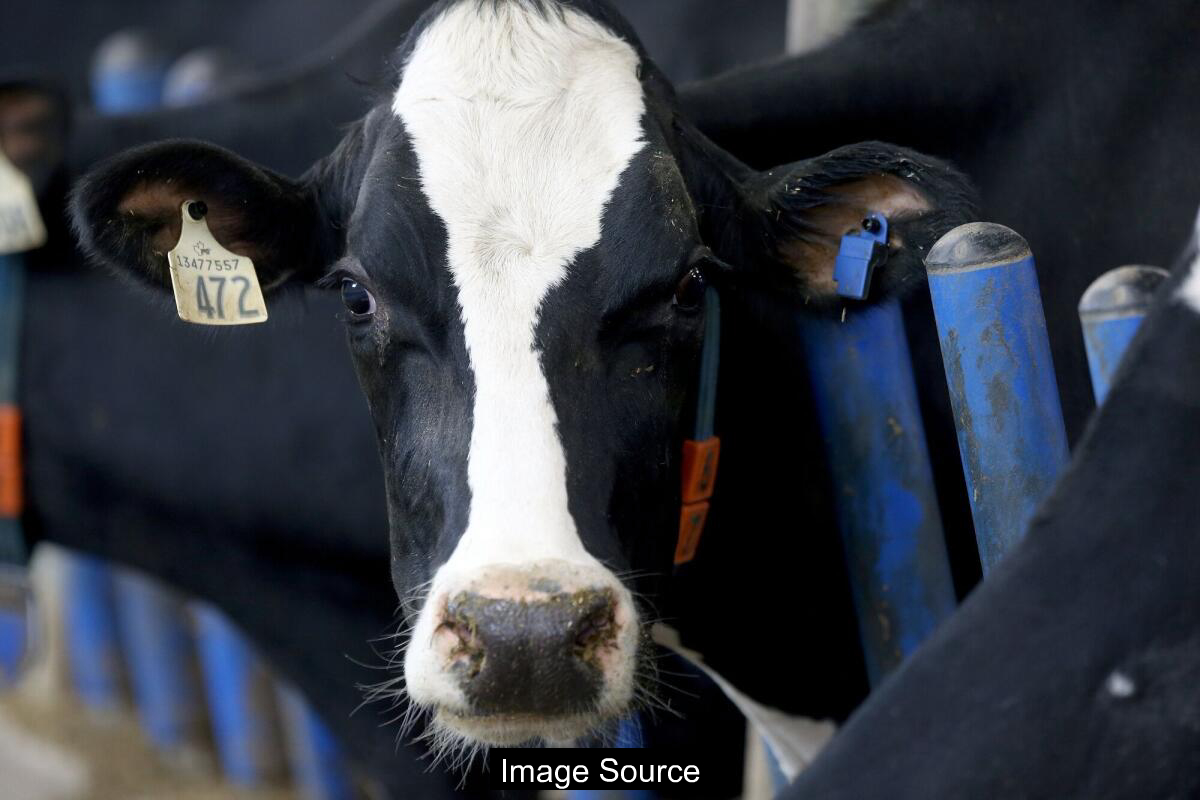Nestle has discontinued its participation in a collaborative global initiative aimed at reducing methane emissions from dairy production. The decision marks a significant shift in the company’s sustainability strategy, coming amid increasing scrutiny of agricultural greenhouse gas contributions and corporate climate commitments.

The Global Methane Challenge in Dairy
Methane emissions from dairy production represent a significant environmental challenge. Global food companies have increasingly recognized the urgent need to address these greenhouse gas contributions. The agricultural sector, particularly dairy and beef industries, plays a critical role in atmospheric methane concentrations.
Atmospheric methane levels have dramatically increased since the Industrial Revolution, rising from approximately 700 parts per billion to 1,935 parts per billion. This potent greenhouse gas traps about 80 times more heat than carbon dioxide, making its reduction strategically important for climate mitigation. Dairy products alone are estimated to cause around 8% of methane emissions from human activities.
The complexity of addressing methane emissions requires collaborative, industry-wide approaches. Food companies must develop comprehensive strategies that track, measure, and ultimately reduce methane throughout their supply chains. Technological innovations and agricultural practice reforms will be essential in achieving meaningful reductions.
The Dairy Methane Action Alliance
In December 2023, several major food companies launched the Dairy Methane Action Alliance at the United Nations climate conference in Dubai. The initiative’s primary goal was to create a structured approach for measuring and reporting methane emissions from dairy supply chains. Founding members included prominent corporations like Nestle, Danone, and Kraft Heinz.
The alliance established an initial timeline for members to measure their dairy-related methane emissions and develop action plans. Originally, companies were expected to complete these tasks by the end of 2024, though the deadline was subsequently extended. Participation required transparent reporting and commitment to emission reduction strategies.
Despite initial enthusiasm, the alliance has experienced challenges. Nestle’s recent withdrawal highlights the potential difficulties in maintaining corporate commitment to environmental initiatives. However, other major participants like Starbucks, General Mills, and Lactalis USA remain engaged in the effort.
Understanding Methane’s Environmental Impact
Methane’s unique atmospheric behavior distinguishes it from other greenhouse gases. Unlike carbon dioxide, which can persist in the atmosphere for centuries, methane remains present for approximately 12 years. This characteristic makes methane reduction particularly attractive for rapid climate change mitigation.
Scientists emphasize that targeted methane reductions could provide a swift mechanism for slowing global temperature increases. Even modest cuts in methane emissions could yield significant near-term environmental benefits. The agricultural sector, especially dairy and beef production, represents a critical area for potential intervention.
Multiple sources contribute to methane emissions, including oil and gas extraction, landfills, and agricultural activities. Understanding these diverse origins is crucial for developing comprehensive reduction strategies. Collaborative efforts between industries, governments, and environmental organizations will be essential in addressing this complex challenge.
Corporate Responses and Challenges
Food companies face increasing pressure to demonstrate meaningful climate action. The Dairy Methane Action Alliance represents one approach to addressing these expectations. Transparent reporting and concrete emission reduction plans have become critical components of corporate environmental responsibility.
Some corporations have made significant strides in tracking and reducing methane emissions. Nestle, for instance, reported a 21% reduction in overall methane emissions between 2018 and 2024. However, the specifics of dairy-specific reductions remain less clear, highlighting the need for more granular reporting.
Currently, seven alliance members have disclosed their dairy-methane emissions, while four have published comprehensive action plans. These efforts represent important initial steps toward understanding and mitigating agricultural greenhouse gas contributions.
Frequently Asked Questions
What makes methane particularly dangerous for climate change? Methane traps significantly more heat than carbon dioxide and can cause rapid atmospheric warming, making its reduction strategically important for climate mitigation.
How long does methane remain in the atmosphere? Unlike carbon dioxide, which can persist for centuries, methane typically remains in the atmosphere for approximately 12 years, offering a more immediate opportunity for reduction and environmental impact.
Strategic Outlook
The Dairy Methane Action Alliance represents an important experiment in industry-led environmental collaboration. Despite challenges like Nestle’s withdrawal, the initiative demonstrates growing corporate awareness of climate responsibilities. Continued engagement and innovative approaches will be crucial.
Technological advancements in agricultural practices, emissions tracking, and reduction strategies will play a pivotal role in addressing methane challenges. Interdisciplinary cooperation between scientists, policymakers, and industry leaders can accelerate meaningful progress.
As global climate concerns intensify, initiatives like the Dairy Methane Action Alliance will likely become increasingly important. Companies that proactively address their environmental impact will be better positioned to meet evolving regulatory and consumer expectations.
※ This article summarizes publicly available reporting and is provided for general information only. It is not legal, medical, or investment advice. Please consult a qualified professional for decisions.
Source: latimes.com